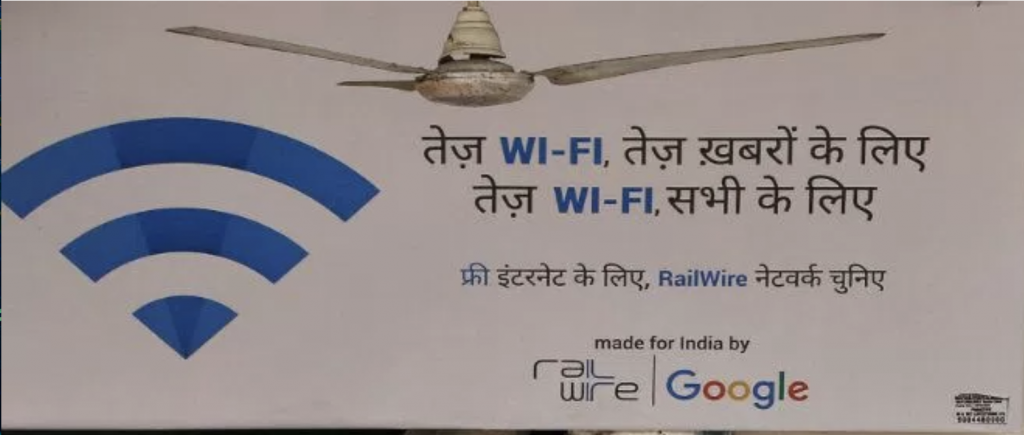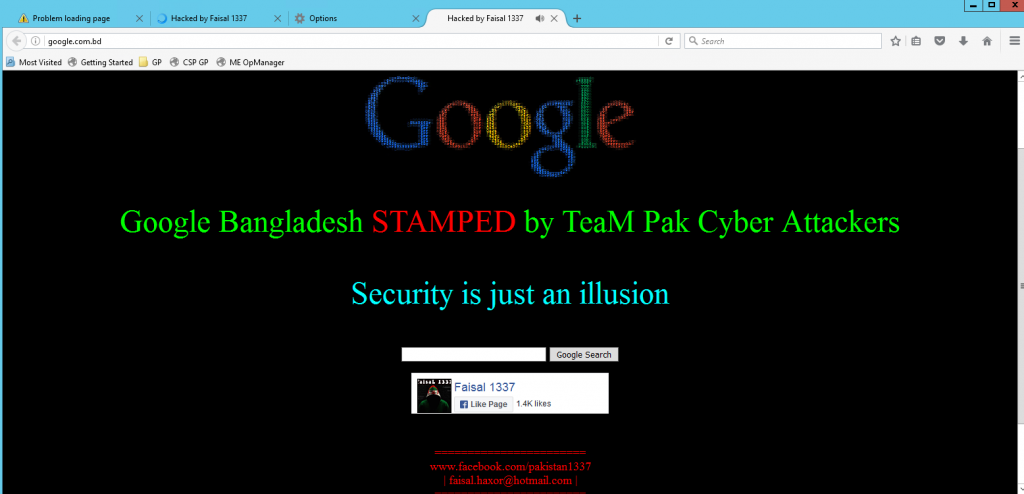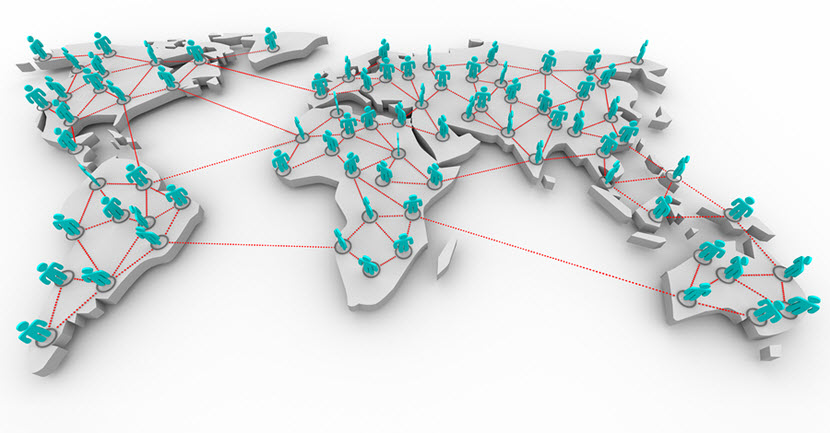Analysis of Google's IP routing backbone
Bypassing CGNAT for GGC traffic
Google to stop peering via route servers
Analysing Google Cloud routing tiers
OTT and paid peering
Yesterday there was an article in the Indian paper Financial Express with the title “OTTs may have to pay access charge to telcos”.
Quoting a few points from the article:
- Social media intermediaries like WhatsApp, Facebook and Twitter, and over-the-top (OTT) players like Netflix, Prime Video and Disney+Hotstar may have to pay a carriage charge to telecom service providers
- Data, particularly video, comprises 70% of the overall traffic flow on telecom networks, and this would grow further with the rollout of 5G services
- Upon reference from the DoT, Trai is currently studying various possible models under which OTTs can be brought within the purview of some form of regulation
- According to sources, an interconnect regime is a must between OTTs and telcos because as 5G services grow, there would be immense data/ video load on networks, which may lead to them getting clogged or even crashing at times.
This concept of “OTTs must pay” is not new. This has been argued a few times in past. Exactly ten years ago in 2012 I wrote a blog post about Bharti Airtel expecting Google/YouTube to pay. At that time they could not convince OTTs to pay. Why is this renewed interest now? Well, that has to do with the first SK Telecom (South Kore telecom) Vs Netflix court case in South Korea where SK Telecom claimed that a large part of bandwidth utilization was because of Netflix and hence they should pay a “fair share” of their traffic which they lost. Soon around this multiple of large telecom monopolies in Europe started this discussion in their respective geography. Four of the top EU players - Deutsche Telekom, Orange, Vodafone and Telefonica are of opinion that OTTs should share the burden (news here). And hence Indian telcos possibly looking to renew this debate.
Railtel-Google free railway station wifi using 49Gbps!
 Railtel (the telecom arm of Indian railways) is running free wifi hotspots across the country in collaboration with Google. It’s there since last two years and started with the MoU between Railtel and Google (news here) back in 2015. Fast forward to 2018 - the free wifi project railway stations seems to be doing quite well with so many users using it. The project covers 361 stations and is expected to reach it’s target of 400 stations soon. The IP network for the service is under the name “Mahataa Information India Private Limited” and originates IP pools from AS134426 - https://bgp.he.net/AS134426#_asinfo. It is a single homed network behind Railtel’s AS24186. https://qz.com/715143/googles-free-wifi-at-indian-railway-stations-is-better-than-most-of-the-countrys-paid-services/ I put an RTI to Railtel asking them about MoU details as well as bandwidth consumption for each state. In their reply, Railtel denied the request for MoU under the exemption from disclosure as well as NDAs they have with Google but they did share detailed of state wise bandwidth consumption.
Railtel (the telecom arm of Indian railways) is running free wifi hotspots across the country in collaboration with Google. It’s there since last two years and started with the MoU between Railtel and Google (news here) back in 2015. Fast forward to 2018 - the free wifi project railway stations seems to be doing quite well with so many users using it. The project covers 361 stations and is expected to reach it’s target of 400 stations soon. The IP network for the service is under the name “Mahataa Information India Private Limited” and originates IP pools from AS134426 - https://bgp.he.net/AS134426#_asinfo. It is a single homed network behind Railtel’s AS24186. https://qz.com/715143/googles-free-wifi-at-indian-railway-stations-is-better-than-most-of-the-countrys-paid-services/ I put an RTI to Railtel asking them about MoU details as well as bandwidth consumption for each state. In their reply, Railtel denied the request for MoU under the exemption from disclosure as well as NDAs they have with Google but they did share detailed of state wise bandwidth consumption. 
DNS hack of Google, Facebook more sites in .bd
Yesterday Google’s Bangladeshi website google.com.bd was hacked and this happened via DNS. It was reported on the bdNOG mailing list at morning in a thread started by Mr Omar Ali.
This clearly shows how authoritative DNS for “com.bd.” (which is same as bd. btw) was poisoned and was reflecting attackers authoritative DNS. Later Mr Farhad Ahmed posted a screenshot of google.com.bd showing hackers page:

Later Mr Sumon Ahmed mentioned that it happened because web frontend of .bd was compromised. This was an interesting hijack as attacker attacked the key infrastructure of the registry instead of Google or Facebook servers. It’s also a warm reminder of the way DNS depends on the hierarchal structure by design and at this stage, we need to focus on DNSSEC to add on the security to the current system. Lately .bd domain faced issues multiple time this year. I hope it will have a good stable time in the upcoming year. In terms of stability it is being backed by PCH anycast infrastructure but PCH’s DNS servers are just published in NS records of it’s existing auth servers, but not on the parent zone (which is root zone). Thus the point of failure remains and is yet to be fixed.
Peering with content networks in India
 One of frequent email and contact form message I get my blog is about available content networks in India and where one can peer. There are certain content networks in India and of course most of the content networks have open peering policy and are usually happy with direct inter-connection (we call as “peering”) with the ISP networks (often referred to as “eyeball networks”). Some of these networks have a backbone which connects back to their key datacenter locations on their own circuits via Singapore/Europe, some other have simply placed their caching server where cache fill happens over IP transit. Based on publically known information across community and of course peeringdb, following content players are available in India and known to be open for peering:
One of frequent email and contact form message I get my blog is about available content networks in India and where one can peer. There are certain content networks in India and of course most of the content networks have open peering policy and are usually happy with direct inter-connection (we call as “peering”) with the ISP networks (often referred to as “eyeball networks”). Some of these networks have a backbone which connects back to their key datacenter locations on their own circuits via Singapore/Europe, some other have simply placed their caching server where cache fill happens over IP transit. Based on publically known information across community and of course peeringdb, following content players are available in India and known to be open for peering:
EDNS support by Google's Public DNS
Just was looking around at EDNS support by Google. To find how it supports and how packet looks like I created a test NS records for dnstest.anuragbhatia.com pointing to one of test server (178.238.225.247). I wasn’t running any DNS server on the server. Just ran quick tcpdump.
At server end:
sudo tcpdump 'port 53 and dst 178.238.225.247' -nn -vvv -w sample.pcap
Then I forcefully triggered DNS queries via Google’s recursor using:**